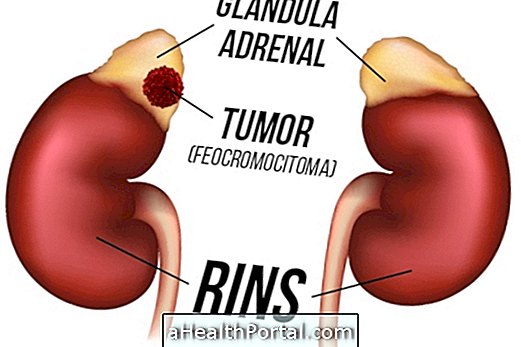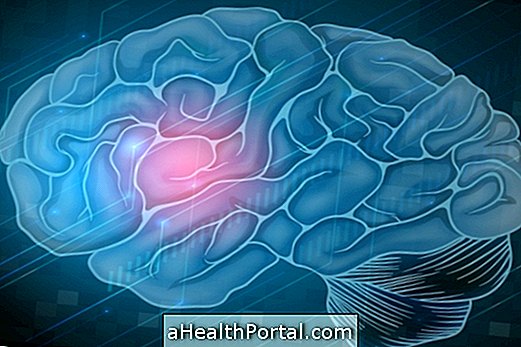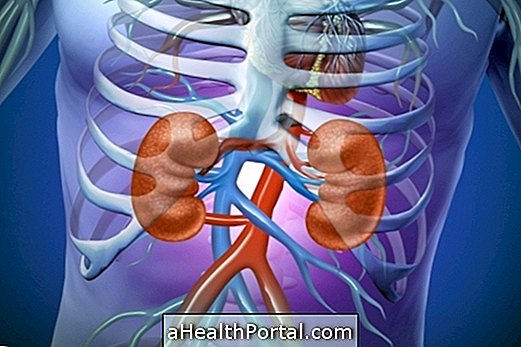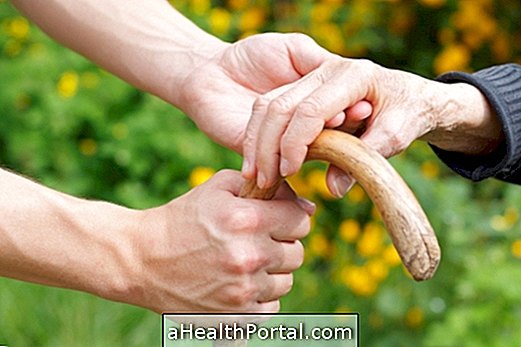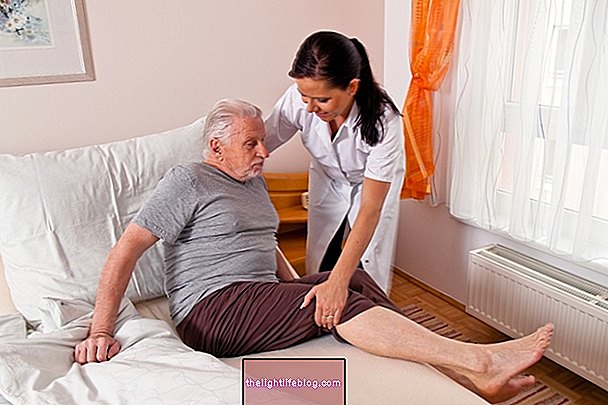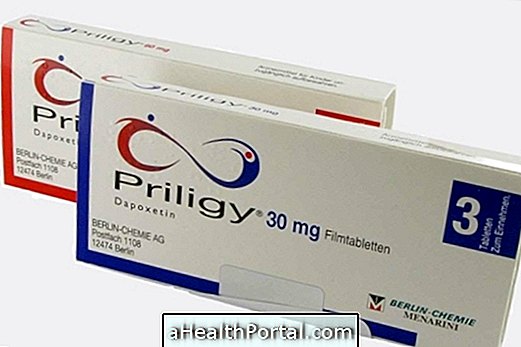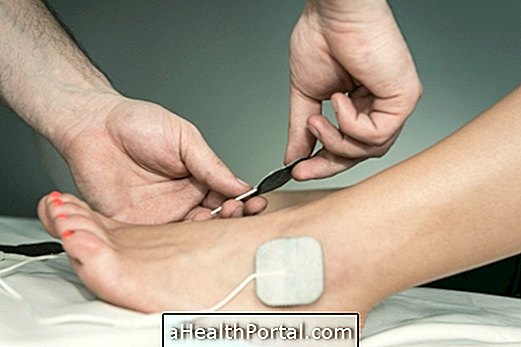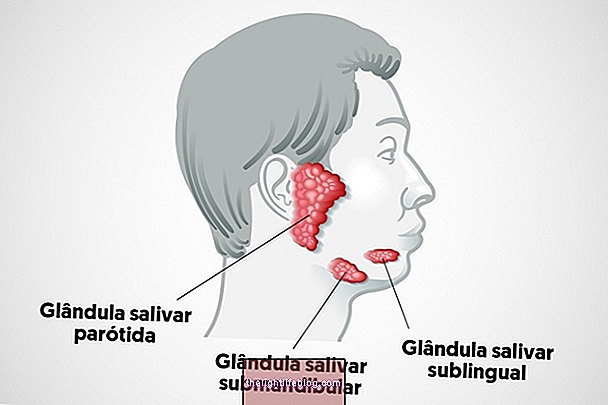To treat osteopenia, calcium supplementation and vitamin D replacement are recommended, as well as changes in habits that may contribute to the loss of calcium in the bones, such as avoiding alcoholism and smoking, losing weight, and engaging in physical activity.
Osteopenia is identified by the bone densitometry test, which shows a T score between -1 and -2.5, and arises due to the reduction of bone resistance caused by loss of calcium but has not yet become osteoporosis. Learn more about what osteopenia is and how to identify it.
With treatment, osteopenia can be reversed. For this to happen and to prevent the onset of osteoporosis, treatment should be started as soon as possible, and may be directed by the general practitioner, geriatrician or endocrinologist.

1. Supplemental Vitamin D Calcium
Consumption of calcium and vitamin D is recommended both to prevent and treat osteopenia, since in many cases the lack of these substances is the main reason for weakening bones.
In general, consumption of calcium-rich foods, such as milk, yogurt, cheese and soy, or sunbathing for vitamin D production for at least 15 minutes a day for people with white skin or 45 minutes a day for people with black skin, may already be sufficient measures to prevent osteoporosis.
However, it is recommended that for people with osteopenia, supplementation of about 1000 mg of calcium and 800 to 1000 U of vitamin D per day, or as recommended by the doctor. In addition, for people with vitamin D deficiency, detected in the blood test as <20ng / mL, the need for supplementation may reach 50, 000 U of this vitamin per week as directed by the physician.
Also check out the following video for more tips on eating and other bone strengthening habits:

2. Practice physical activity
Lack of physical activity, especially in bedridden people, is a major cause of bone thinning. On the other hand, athletes usually have a higher bone mass than the general population.
Therefore regular and frequent physical activity is important to help restore bone strength and is also a great way to prevent falls and thus reduce the risk of fractures. Learn more about these and other benefits of physical activity in seniors.
3. Do a hormonal replacement
Decreased estrogen, a more common condition in menopause, is an important cause of osteopenia and increased bone fragility, so in women who wish to have hormone replacement and when it is properly indicated by the doctor, this can be a good alternative to help to rebalance the metabolism and keep bones stronger for longer.
Learn more about hormone replacement therapy and the best alternatives.
4. Observe the medications used
Some medications used may have harmful side effects on bones, especially when used for months or years, and may weaken them and cause an increased risk of osteopenia and even osteoporosis.
Some of the major drugs with this effect include glucocorticoids, anticonvulsants, lithium and hepatin, for example. In this way, in case of weakening of the bones, it is possible to talk with the doctor if it is possible to adjust the medicines used. However, it should be remembered that this is not always possible, and as an alternative, it is important to talk to the doctor about the need to start treatments for osteoporosis, thus avoiding the risk of fractures.
5. Stop smoking and avoid alcoholic beverages
Smoking has a toxic effect on bone tissue, so to have healthy and strong bones, it is recommended to quit smoking. It should be remembered, the risk of several other diseases will also be diminished with this attitude. Check out the main diseases caused by cigarettes.
In addition, drinking too much alcohol, especially people with alcoholism, can also harm bone mass, increasing the risk of fractures, so this is another habit that must be eliminated to ensure that they stay healthy.
When are medicines needed?
For the treatment of osteoporosis, in addition to the calcium supplementation, vitamin D and the guidelines made, it is usually not necessary to use medications.
However, in some cases, the use of medications used for osteoporosis treatment may be indicated, even if bone examination has not reached this level. This may be necessary for people who are at increased risk for developing fractures in the next few years, such as those who have had a previous fracture, family history of hip fracture, excessively low body weight, steroid use or rheumatoid arthritis, example.
Some of the medications listed are those that help increase bone mass such as Alendronate, Risendronate, Calcitonin, Denosumab or Strontium Ranelate, for example. They should only be used with the proper indication of the doctor, who will evaluate the risks and benefits of them to the health of each person. Learn more about osteoporosis treatment.
